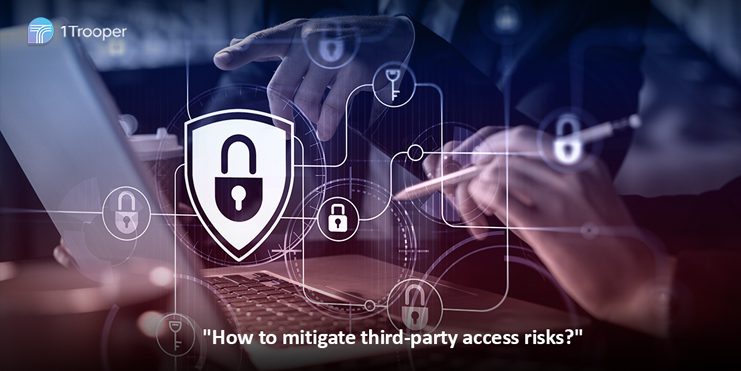
In today’s business landscape, it’s common for organizations to grant access to their internal networks and systems to vendors, suppliers, contractors, and other non-staff members. The growing reliance on third-party vendors to deliver critical products and services has become a standard practice. However, with this convenience comes significant risks that organizations must be aware of whenever they provide access to external parties.
Although third-party users play a vital role in supporting business operations and growth, they can pose potential risks if not managed effectively. These risks encompass data breaches, security vulnerabilities, compliance and regulatory issues, supply chain disruptions, intellectual property protection concerns, and operational disturbances.
Organizations must adopt robust security measures to mitigate the risks associated with third-party access, such as implementing access controls, conducting regular access certifications, and closely monitoring activities.
Here are the top six features that can help safeguard your organization from third-party access risks and streamline the management process:
- Policy-based access control (PBAC): By using PBAC, administrators can define roles and permissions based on policies, aligning business roles with specific access privileges.
- User provisioning and de-provisioning: Automating the process of creating and removing user accounts for third-party access, including streamlining approvals, granting access to necessary resources, and promptly revoking access when it’s no longer needed.
- Access request workflow: Establishing a structured workflow for requesting and approving third-party access, which includes access request forms, approval hierarchies, and notifications to ensure proper evaluation and authorization.
- Access monitoring and auditing: Implementing mechanisms to monitor and audit third-party access activities, such as logging access events, tracking permission changes, and generating compliance and security reports.
- Integration with Identity and Access Management (IAM) systems: Integrating third-party access management with existing IAM systems to leverage user directories, policies, and access controls. This simplifies onboarding and management by centralizing user management.
- Regular access reviews: Conduct periodic reviews of third-party access privileges to ensure their continued necessity and appropriateness. This helps identify and remove unnecessary or excessive access rights, reducing security risks.
When addressing third-party access risks, organizations should avoid adopting multiple-point solutions that may complicate matters further. Instead, a comprehensive platform capable of managing all identities – employees, external users, IoT devices, and bots – offers the best solution. By incorporating these essential features into such a platform, organizations can simplify onboarding and management processes, enhance security, and improve overall operational efficiency.




